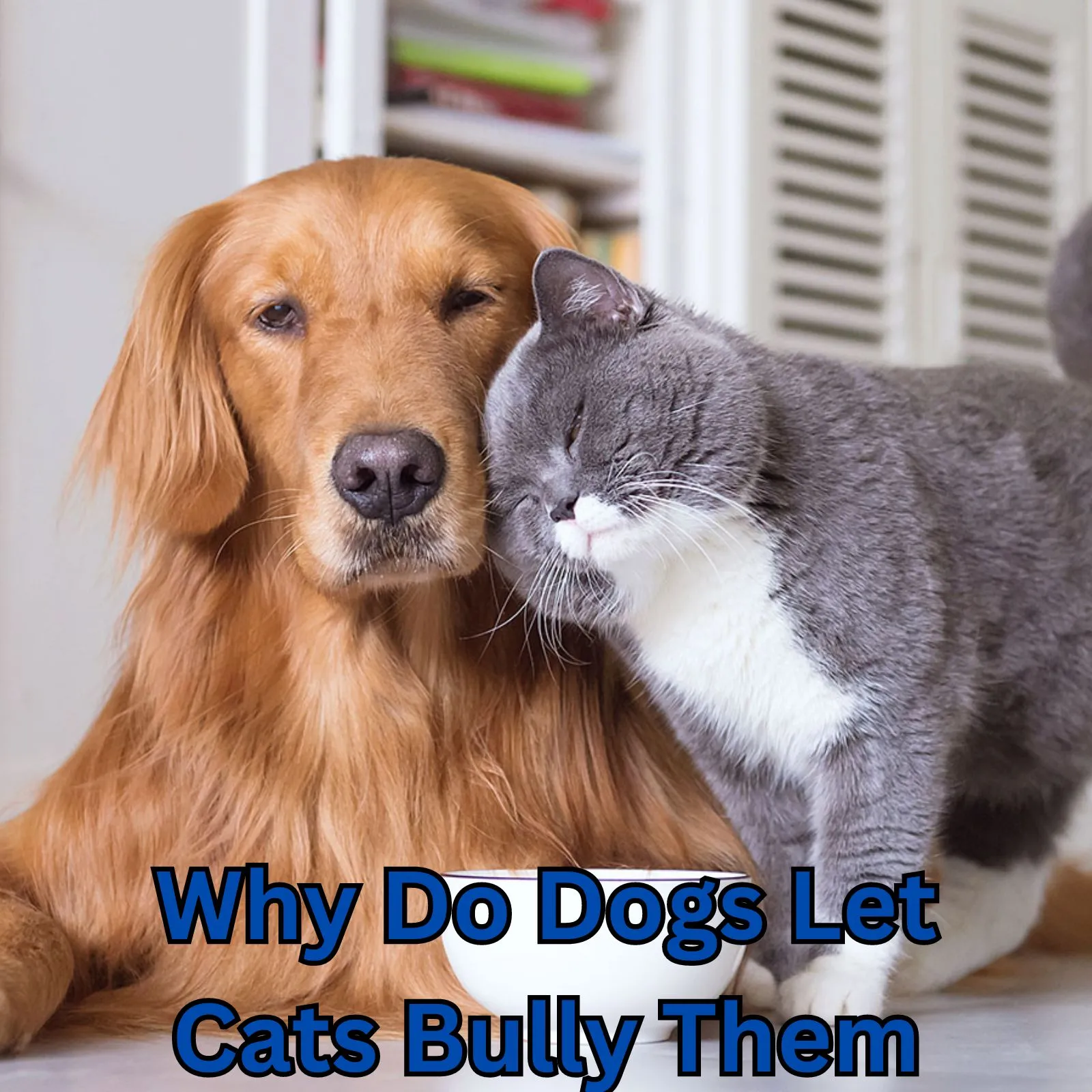
Why Do Dogs Let Cats Bully Them
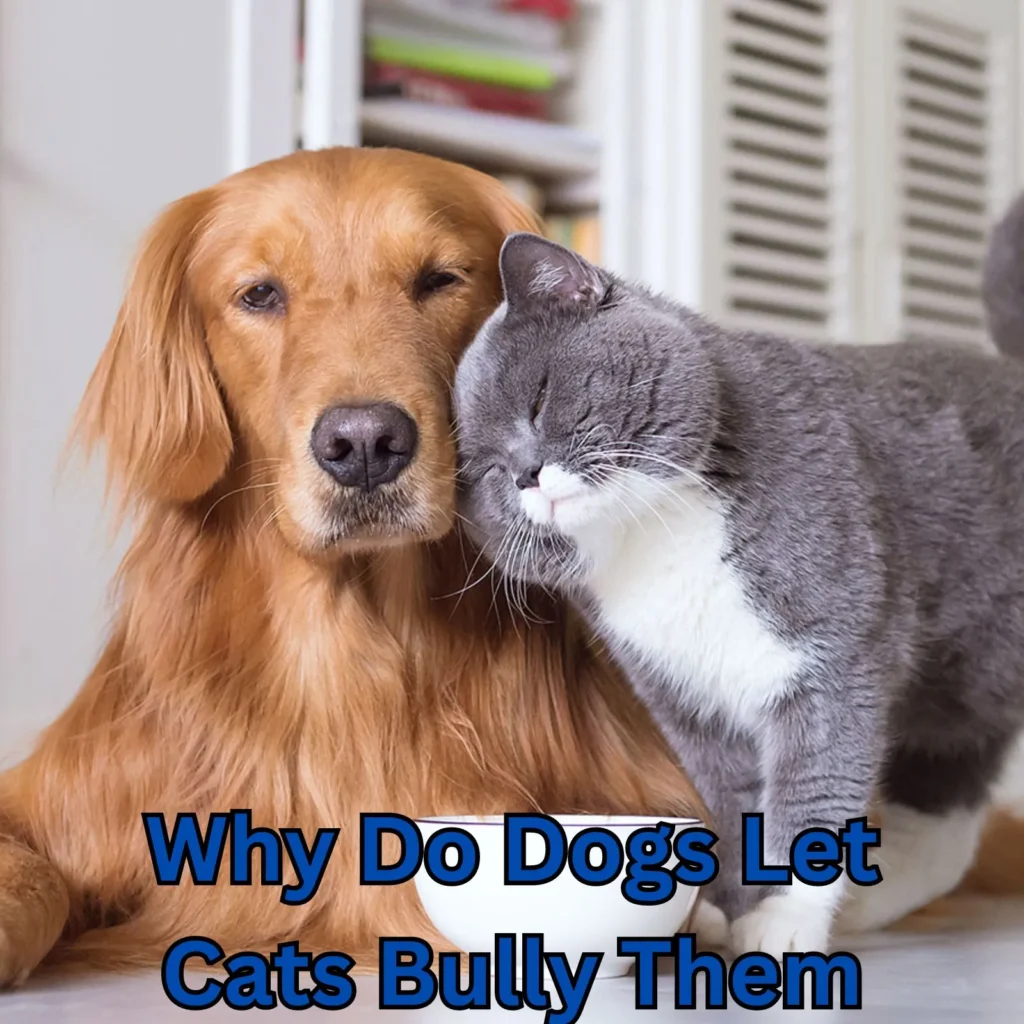
Despite their size difference, dogs often let cats assert dominance due to the latter’s ability to use their claws and quick agility, demonstrating that in interspecies dynamics, physical prowess isn’t always the deciding factor.
Introduction
| Factors | Explanation |
|---|---|
| Size and Physique | Dogs, despite their size or breed, perceive cats as adversaries due to their sharp claws and swift movements. |
| Fear of Injury | Dogs would rather avoid confrontation than risk the potential injury from a cat’s sharp claws. |
| Social Behavior | Cats can exert dominance over dogs due to their territorial nature. Dogs, being pack animals, are more accommodating and often surrender to avoid conflict. |
| Training and Conditioning | If a dog has been raised alongside cats, it has likely learned to tolerate some level of bullying without retaliation. |
| Personality Traits | Dogs with more passive personalities may allow cats to bully them to maintain harmony. |
The table above gives a snapshot on why dogs let cats bully them, delving into various dynamics including physical attributes, fear reaction, social behavior, conditioning and personality traits.
The Size Difference
Firstly, a factor that isn’t immediately perceptibly is the difference in physique between the two species. Despite some dogs being physically bigger or stronger than cats, the latter’s agile movements and sharp claws can make them quite fearsome adversaries. The anticipation of pain caused by these claws might cause a dog to become submissive towards its feline counterpart.
Secondly, dogs lean towards avoidance when there’s a possibility of getting injured. Dogs are highly sensitive creatures that avoid potentially harmful situations when they can, and this extends to confrontations with cats – they know that wrestling with a cat could engage those needle-sharp claws. As Mark Twain once quipped, “If you pick up a starving dog and make him prosperous, he will not bite you. This is the principal difference between a dog and a man.”
On the pedigree of social behavior, cats are solitary and territorial animals, while dogs descended from packs and have evolved to be cooperative with other animals to create harmony. So, even if a dog is physically capable of standing its ground, sometimes it would choose peace over causing any ruckus.
Then comes the part related to training and conditioning: dogs that have been reared around cats from an early age tend to exhibit greater tolerance for feline antics, including behaviors that may seem like ‘bullying’. Their interaction from an early age teaches them to coexist peacefully, even under less favorable conditions.
Lastly, just like humans, dogs too have varying personality traits. Some dogs possess a more passive nature compared to their aggressive counterparts. The type of the dog’s personality plays a significant role – easygoing and laid-back dogs might feel it easier to just allow cats to bully them rather than engage in a dispute, thus maintaining family tranquility.
Hence, a myriad of factors contributes to why dogs end up letting cats bully them. It’s always essential to remember, though, that individual experiences may vary significantly from one animal to the next. Leadership from the owners can set the tone for positive inter-species interactions within a household.
Understanding the Dynamics of Dog-Cat Interactions
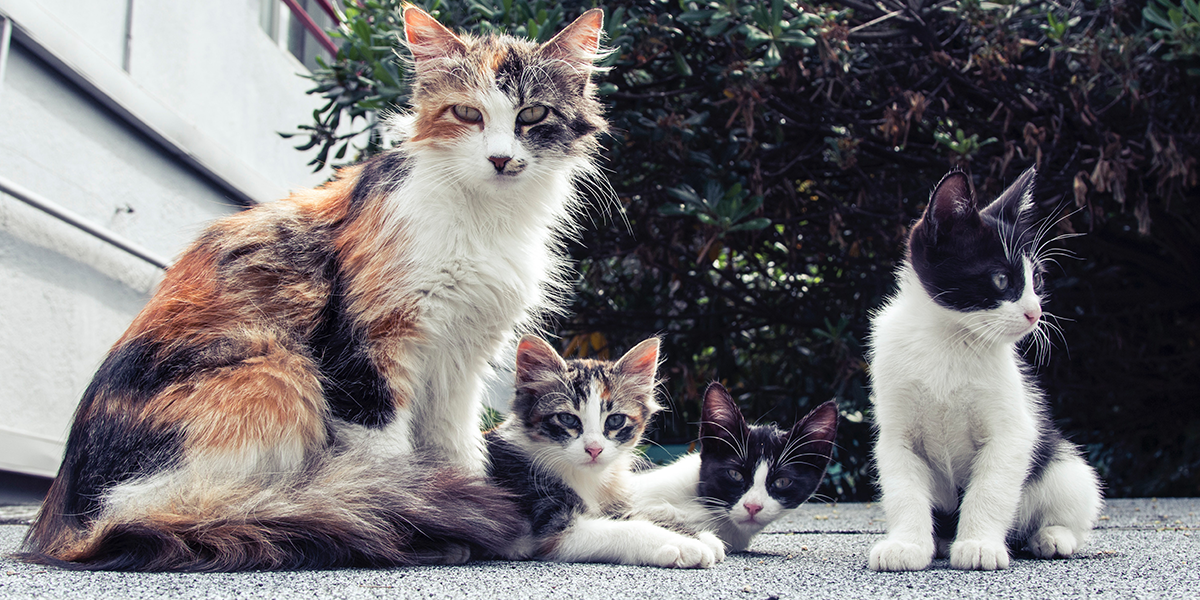
When your canine companion and feline friend aren’t exactly on the best of terms, it can often result in your dog allowing the cat to ‘bully’ them. The dynamic underlying these dog-cat interactions is shaped by various factors let’s delve a bit into those.
Social Hierarchy
Dogs, being pack animals, understand their social hierarchies. In contrast, cats are solitary creatures that mark their territories. Sometimes, the resident cat might be perceived higher in hierarchy or territorial than the newcomer dog even when the dog is physically larger.
Body Language Interpretation
Cats and dogs have different ways of communicating through their body language. A friendly wagging tail from a dog could be interpreted as a sign of aggression by a cat. Similarly, a dog may interpret a cat’s hissing not as a warning, but as a sign of engagement, thereby encouraging the bullying behavior from the cat.
A lot of people say that dogs like cats run our homes, and in many respects, it’s true. We serve their meals, cater to their whims, provide their medical care and devote, hours to their entertainment -Suzanne Garett-,and so, understanding their behaviors and managing interaction issues become paramount to peaceful coexistence”
Fear and Prey Instinct
Dogs initially bred for hunting can have strong prey drives and may view cats as prey, while those who fear cats might avoid conflict altogether making them seem bullied when the cat displays dominant behavior.
I’ll conclude this by saying that if you are worried about your cat ‘bullying,’ your dog, try separate feeding times and places, and rewarding good behaviour, especially during shared playtimes. Providing individual attention to each pet can also help maintain harmony. It helps to learn the unique communication styles and needs of both to ensure a more compatible relationship within your home.
For a deeper understanding, please do check out Onika Starkenburgen’s informative guide on Dog-cat Interactions: Towards a Peaceful Kingdom.
The Canine Perspective: Dogs’ Reaction to Cat Bullying

You might wonder why our furry friends, known for their loyal and protective instincts, allow smaller felines to push them around. Although it might appear that these larger dogs are submitting to the ‘bullying’ by cats, the canine perspective is more complex than it seems.
Understanding a Dog’s Perception of Social Hierarchy
Dogs have a natural understanding of social hierarchies and dominance. Unlike humans, they do not categorize beings into different species but rather individual entities based on their interaction with them. If a cat establishes dominance early in their relationship and the dog doesn’t view this as a threat, it may be more than willing to submit to the feline. This is why an initial conflict could lay down a pattern for later interactions.
How Dogs’ Temperament Plays a Role
Dogs’ temperament and breed type can significantly factor into how they react to cats. Some breeds are more passive and tolerant, while others are assertive or even aggressive. Breeds that are generally calmer and gentler, like Labrador Retrievers or Bichon Frise, would likely be more tolerant of cat’s antics than say, a Rottweiler or a Doberman Pinscher. This is from a combination of a more easy-going nature combined with lower prey drive.
Stress or Fear-Induced Submission
Sometimes, dogs may also show signs of submission out of fear, stress or desire to maintain peace. When dealing with a loud, hissy kitty, shying away to avoid conflict is often the best way your pup knows how to handle the situation.
A Matter Of Sensory Perception
Believe it or not, a dog’s keen sense of smell could also be a reason behind its tolerance to a dominant cat. Cats produce pheromones, especially when they feel threatened or anxious, that dogs, with their incredible noses, can pick up easily. This could, in many cases, result in the dog submissively backing off.
The “Shy Puppy” Phenomenon
Puppyhood experiences play a large part in shaping future behavior patterns. Puppies who are exposed to cats at a young age and learn to coexist peacefully, tend to grow up being more tolerant and less confrontational to cats in general. In fact, studies have shown that social exposure during the critical first few weeks of life can have lasting effects.
“The dog is a gentleman; I hope to go to his heaven, not man’s.” – Mark Twain
In summary, there isn’t a one-size-fits-all answer to why dogs let cats bully them. Similar to human personality traits, dog behavior varies depending on an array of factors such as breed, upbringing, socialization, and individual temperament. By understanding our pets from a canine perspective, we can work towards creating harmonious multi-pet households, whether they’re ruled by dogs or cats!
Decoding Why Dogs Tolerate Cats’ Dominant Behavior
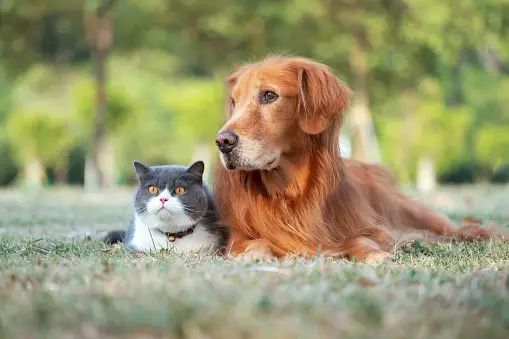
Dog and Cat
The interaction between dogs and cats is a fascinating interplay of various psychological and evolutionary factors, often perceived as cats’ dominance over our playful canines. To understand why dogs seem to tolerate cats’ dominant behavior, we need to delve into the realm of animal behavior and their inherent instincts.
A key basis for this dynamic is the rigid hierarchical structure within canine communities, contrasted with the fluid social hierarchy in feline world. According to Dr. Bradshaw, an anthrozoologist at the University of Bristol, “Cats are solitary survivalists, whereas dogs are born collaborators”. And these fundamental differences in their core nature significantly influence how they interact with each other.
- Different Communication Signals: Cats and dogs have different signals for communication which can lead to miscommunication. A wagging tail in a dog signifies excitement, whereas in a cat, it means annoyance or agitation. When dogs confront this, they often misconstrue it as friendly behavior, leading them to back down, creating a perception of them being ‘bullied’.
- Non-confrontational Nature of Dogs: Dogs have an inherent nature to keep peace in their pack, thereby avoiding any confrontation, especially with other species. Their submission to the cat’s ‘dominance’ could well be their strategy to avoid conflicts and maintain peace.
- Cat’s Defensive Aggression: Cats depict what ethologists call ‘defensive aggression’. They attack when they feel cornered or threatened. Dogs, being socially more adaptive, interpret this assertive behavior as dominance.
Is it really bullying
So, is it bullying? Or simply two different species learning to cohabitate? The ambiguity can cause confusion. But one thing is for certain – relationships between dogs and cats are complex and heavily influenced by their intrinsic traits and learning experiences. Each case varies depending on the individuals involved, their personality, history, and environmental factors. This informally established hierarchy showcases an interesting feat of behavioral ecology, but by no means indicates a universal rule.
Wrapping up this discussion on the question of why dogs let cats bully them, it’s necessary to grasp a few core concepts. One fundamental reason is that dogs prioritize maintaining peace and avoiding conflict over exerting dominance, and they intrinsically understand that tolerating the cat’s behavior can be beneficial in co-existing environments. Plus, their domestication and training adapt them to tolerate aggressive or standoffish feline behavior.
- Size Factor: Cats, despite being smaller, are clever creatures capable of swiftness and agility that might outshine dogs’ brute strength.
- The Surprise Element: Cats are instinctively predatory and use surprise as a handy tool when dealing with dogs. Dwight D. Eisenhower once said, “What counts is not necessarily the size of the dog in the fight – it’s the size of the fight in the dog.” In this case, ironically, it applies to the fight in the cat.
- Training and Domestication: Our socialization techniques have trained dogs to be tolerant, which extends to their interaction with other pets, including cats.1
- Peace Over Power: Dogs prefer peace over demonstrating power. This often drives them to submit to feline bullying as a means to avoid conflict, and maintain a harmonious environment.
On a final note, also bear in mind, John Grogan’s words, “Such short little lives our pets have to spend with us, and they spend most of it waiting for us to come home each day”. So, it’s essential we ensure their cohabitation is as peaceful and harmonious as possible. This might involve training both the dog and cat, imposing rules consistently and keeping an eye on their interactions.
| Factors | Explanation |
|---|---|
| Size Factor | Despite being smaller, cats can outmaneuver dogs with their swiftness and agility. |
| The Surprise Element | Cats are inherently cunning, utilizing elements of surprise when dealing with dogs. |
| Training and Domestication | Dogs are trained to be tolerant, even when encountering potentially aggressive felines. |
| Peace Over Power | Dogs generally prefer maintaining peace rather than assert dominance, thus allowing cats to boss them around. |
Related
You may also like

What Country Has The Most Homeless Dogs
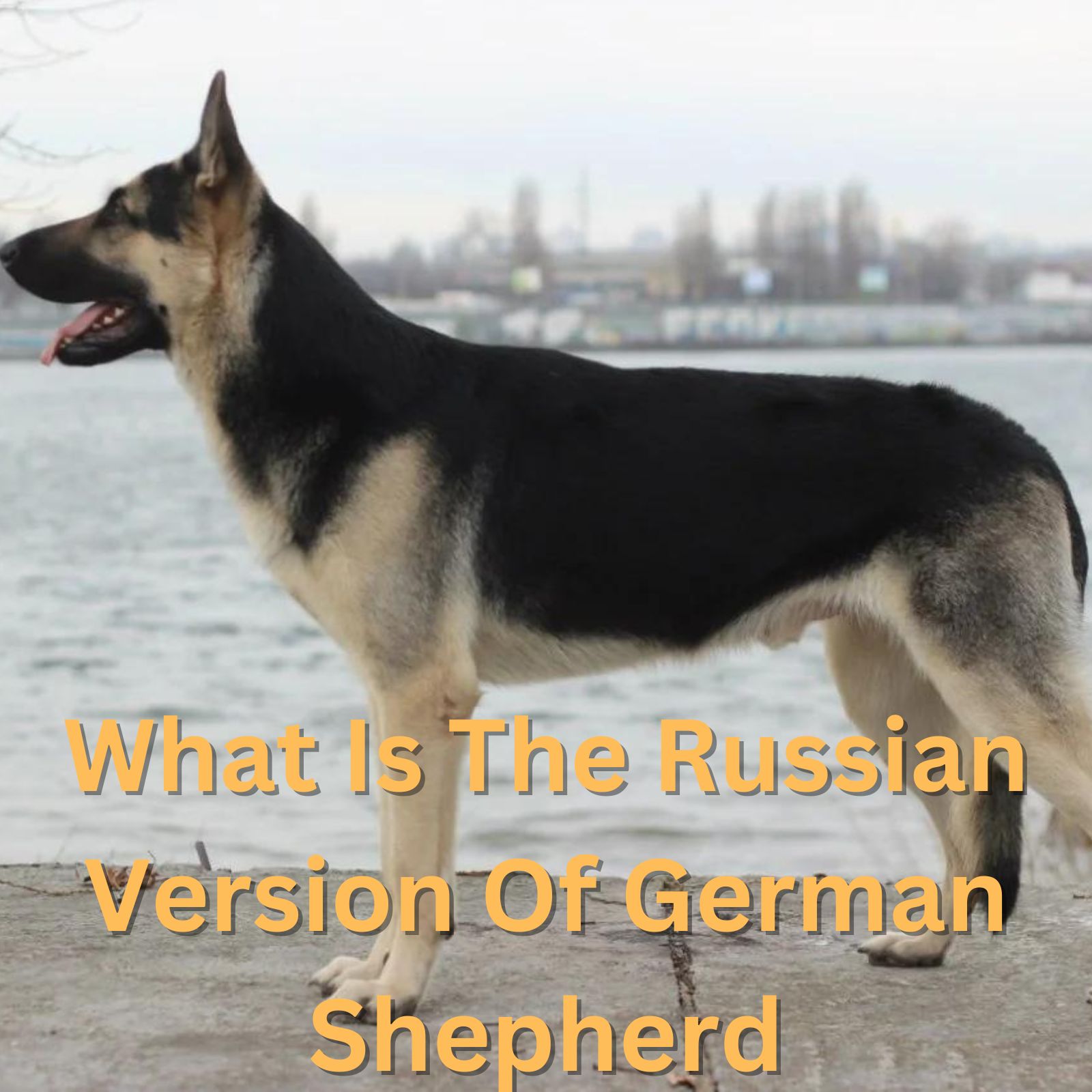
What Is The Russian Version Of German Shepherd
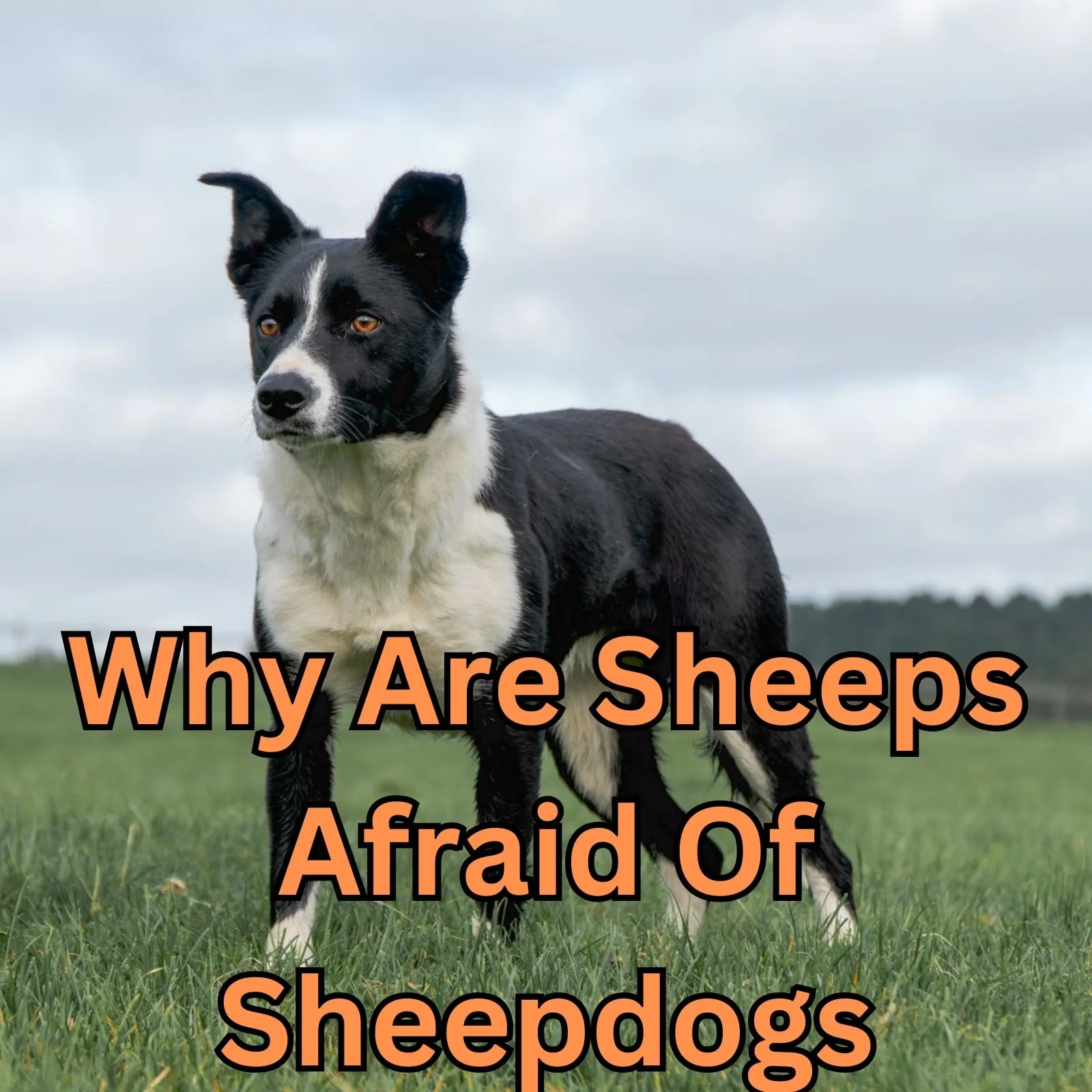
Why Are Sheeps Afraid Of Sheepdogs
Archives
- November 2025
- October 2025
- September 2025
- August 2025
- October 2023
- September 2023
- August 2023
- July 2023
- June 2023
- May 2023
- April 2023
- March 2023
- February 2023
- January 2023
- December 2022
- November 2022
- October 2022
- September 2022
- August 2022
- June 2022
- May 2022
- April 2022
- March 2022
- January 2022
- December 2021
- November 2021
- October 2021
- August 2021
- November 2020
- July 2020
- May 2020
- April 2020
- March 2020
- August 2018
- July 2018
- June 2018
- April 2018
- March 2018
Categories
- Age Groups
- AI/ML
- Alternative Medicine
- Animal Health
- Animal Husbandry
- Animals
- Anti-Aging
- Architectural Design
- Augmented Reality
- Automation
- Babies
- Baby
- Beauty & Skincare
- Biohacking
- Book Reviews
- Breastfeeding
- Budgeting
- Business
- Career Advice
- Career Development
- Career Growth
- Cats
- Chess
- Circular Economy
- Cleaning Tips
- Cloud Computing
- Cognitive Performance
- Cognitive Science
- Community
- Community Building
- Community Engagement
- Community Living
- Computer Vision
- Consumer Guides
- Consumer Trends
- Container Gardening
- Content Analysis
- Content Strategy
- Cultural Events
- Cycling
- Data Analysis
- Data Engineering
- Data Science
- Design Psychology
- Developer Productivity
- Diet
- Diet
- Digital Identity
- Digital Media
- Digital Wellbeing
- DIY Projects
- Dogs
- Entertainment News
- Environmental Impact
- Environmental Science
- Equity Compensation
- Exercise
- Exotic Pets
- Fall Gardening
- Family
- Family Health
- Family Life
- Fashion Industry
- Fashion News
- Fashion Tech
- Financial Analysis
- Financial Planning
- Flooring Maintenance
- Food
- Food Psychology
- Food Safety
- Food Tech
- Future Of Work
- Garden Care
- Garden Maintenance
- Gardening Tips
- Greece
- Greek
- Greek Food
- Hardware Engineering
- Health
- Health And Wellness
- Health Science
- Health Tech
- Healthy Eating
- Healthy Recipes
- Holistic Health
- Holistic Wellness
- Home & Living
- Home Decor
- Home Financing
- Home Health
- Home Improvement
- Home Organization
- Industry Analysis
- Infant Nutrition
- Ingredient Deep Dive
- Integrative Medicine
- Interior Design
- Internet of Things
- Internet of Things (IoT)
- Investment Strategy
- IoT
- Kids
- Leadership Development
- Learning Strategies
- Lifestyle
- Lifestyle News
- Lifestyle Optimization
- Literary Criticism
- Literature
- Material Science
- Materials Science
- Meal Planning
- Media Analysis
- Mental Health
- Mental Performance
- Mental Wellness
- Miami
- Miami Food
- Mind And Body
- Minimalism
- Mobile Development
- Neuroscience
- Nutrition
- Nutrition News
- Operating Systems
- Opinion
- Organization Tips
- Outdoor Living
- Over 40
- Over 50
- Over 60
- Parenting
- Parenting
- Parenting Strategies
- Performance
- Personal Development
- Personal Finance
- Personal Growth
- Personal Productivity
- Pet Care
- Pet Safety
- Philosophy
- Politics
- Productivity
- Protein
- Psychology
- Psychology of Space
- Real Estate Investment
- Recipes
- Remote Work
- Renovation Planning
- Responsible Pet Ownership
- Robotics
- Science
- Seafood
- Seasonal Gardening
- Security
- Self-Care
- Skincare Science
- Skincare Trends
- Sleep
- Sleep Health
- Smoothies
- Social Impact
- Soft Skills
- Soil Health
- Spatial Computing
- Spatial Design
- Stress Management
- Supplements
- Sustainability
- Sustainable Fashion
- Tax Strategy
- Travel
- Travel News
- Travel Tips
- Uncategorized
- Urban Planning
- Veggie
- Virtual Events
- Volunteering
- Wealth Management
- Wearable Technology
- Wellness
- Wellness Technology
- Work-Life Balance
- Workplace Culture
- World
- Writing
- Writing Skills
- Zero Waste

Leave a Reply